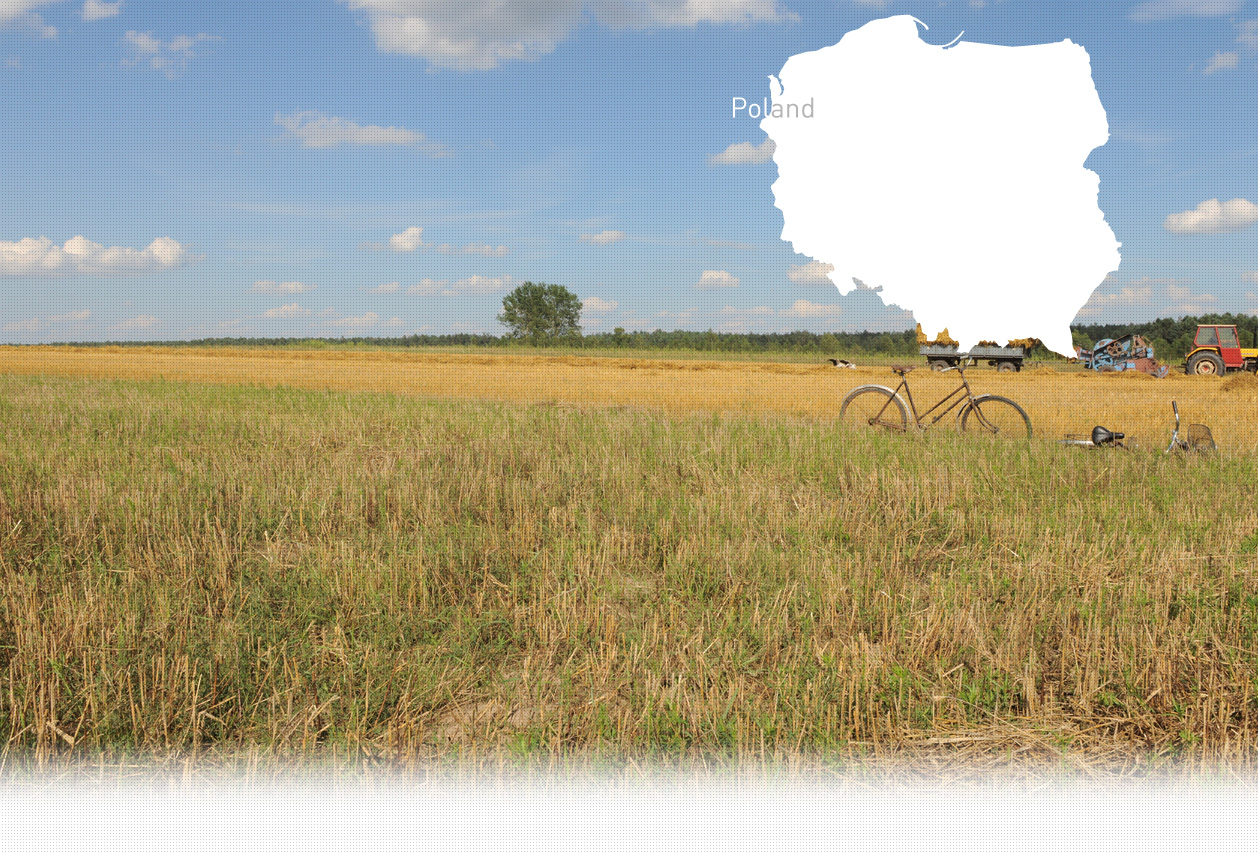

1 Killing site(s)
Wladyslaw S., born in 1929: “First, all the Jews were gathered at the market place. Then, they were taken by the Krakowska street. Once the column passed, there were many bodies lying on the ground. Some of the Jews were killed on the spot if they couldn’t continue walking or accidentally got out of the column. The corpses were gathered by the Poles who were requisitioned by soltys [mayors] for that purpose. There were around 10 carts driven by Poles. There was a special sanitary commission created by a German burgomaster during the war. Their members had special clothing and they were in charge of putting the corpses on the carts. The corpses were transported to the Jewish cemetery where they were buried in a mass grave. The other Jews from the column were taken to Stopnica-Buska. ” (Witness n°579, interviewed in Staszów on April, 13th 2016)
“III. Kreis Opatów.
a) Main defendant
Hans Soltau, born on November, 7th 1898 in Barmstadt, lived in Hamburg 33, Grögersweg 3, former SS. […]
c)Actions
6) Resettlement in Staszów on November, 7th 1942. About 6,000 people sent to Treblinka, 361 people shot. An unknown SS man from Radom led the action.” [An excerpt from the German archives; BArch 162-19737]
“According to other people of the gmina [administration], I testify that in the Spring 1943, Germans transported corpses of the killed people in two covered trucks, passing by the road coming from Staszów-Sandomierz to the forest, located next to Loniow. The corpses were poured with gas and then burned. A f ew hours later, the Germans left and people came closer to the spot: only ashes remained. Apparently, the bones weren’t burned and were taken back. During the burning, no one from the village could come closer, or witness the scene.” [Protocol of court inquiries on mass executions and mass graves, n°589; RG-15.019M.0003]
Staszów is located 58km south-east of Kielce. The first Jews settled in the town in the middle of the sixteenth century. The Jewish community was quite big. In 1865, out of 6,150 inhabitants, 3,947 were Jewish, making up 64.2% of the entire population. The majority of Jews lived off small scale trade and craft. They had a synagogue, which according to Wladyslaw, a local resident interviewed by Yahad, was located next to Swierczewskiego street, and also two cemeteries. On the eve of WWI, 68% of the population was Jewish, but on the eve of WWII the number dropped l to 50% due to immigration and relocation to the bigger cities.
The Germans invaded the town on the night of September, 7th 1939. Two month later a Jewish council was created. Immediately after the occupation, the Jews were subjected to harassment and beating by the Germans. They had to pay contributions systematically, and starting from July 1940 had to perform forced labor on road constructions, and swamp drainage and cleaning. According to a local resident interviewed by Yahad, all the Jews were marked with armbands bearing the Star of David. Starting from December 1939 many Jewish refugees arrived in Staszów from Kalisz, Sieradz and Lodz. In late March 1941, some Austrian Jews came to the town as well.
The two parts ghetto was created in mid-June 1942, but it remained opened only for a month. In July 1942, it was fenced in. All the Jews who left the territory without permission, and were caught were shot dead on the spot. In June 1942, the ghetto numbered 6,151 inmates, but, in total, about 8,000 Jews passed through the ghetto.
The liquidation of the ghetto was carried out on November 8, 1942, by an SS unit accompanied by Latvian, Ukrainian, and Polish auxiliaries. On this day, all the Jews were first gathered at the market place, and then 6,000 of them were marched towards Szczucin to be deported to Treblinka afterwards, while about 450 Jews were either shot on the spot in their hiding places or in the column. Their bodies were gathered later and buried at the Jewish cemetery. Another 700 to 740 Jews were shot and buried in the village of Niziny. Many Jews were shot during the days, even weeks after the liquidation aktion as they were found in their hiding places. After the liquidation of the ghetto, all Jewish belongings were taken by Germans who later organized a sale.
The remaining Jews, mainly craftsmen and Jewish police, were left and relocated in the smaller ghetto. Hundreds of Jews moved to Sandomierz ghetto in December 1942. They were deported to Treblinka shortly along with the locals. Other Jews from Staszów were relocated to Poniatowa labor camp. They were murdered in November 1943 along with other Jews from the district who were displaced there.
For more information about the deportation in Szczucin please refer to the corresponding profiles.
Do you have additional information regarding a village that you would like to share with Yahad ?
Please contact us at contact@yahadinunum.org
or by calling Yahad – In Unum at +33 (0) 1 53 20 13 17